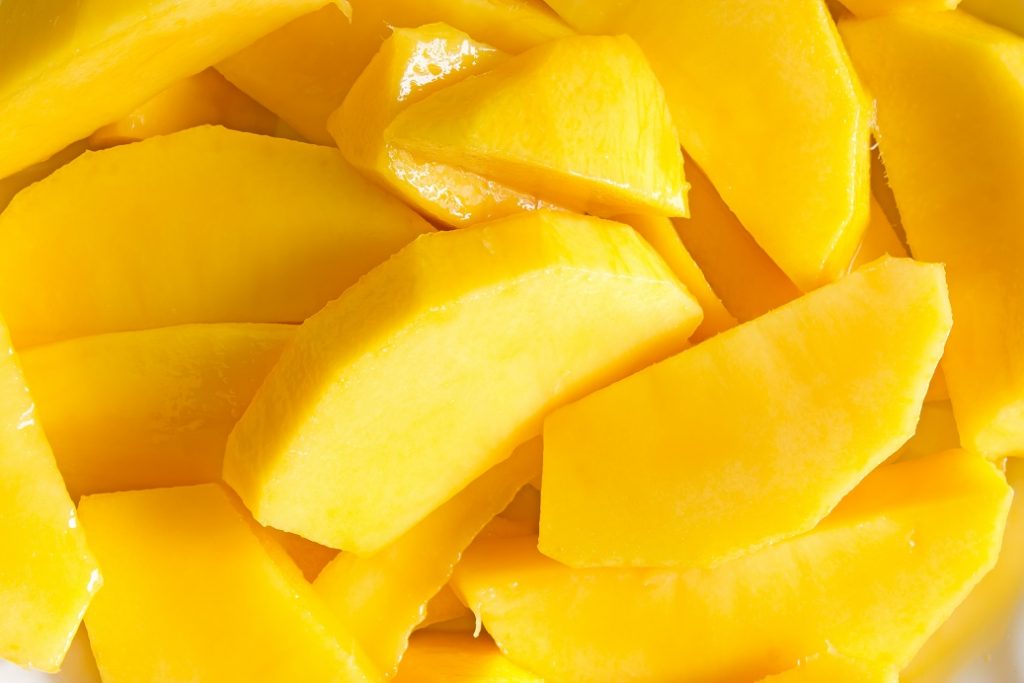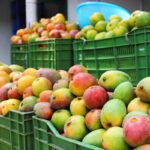Spanish mango season running two weeks early

While in the produce world Spain is better known for its exports of citrus, summer fruit and fresh vegetables, the country's southern region of Málaga has perfect tropical conditions for the production of avocados and mangoes.
Sigfrido Fruit is a major grower and trader of both these crops, and at Fresh Fruit Portal we caught up with its owner Sigfrido Molina to discuss how the mango season is shaping up.
He explained the season was running 15 days early due to weather-related changes that altered flowering.
Harvests are currently underway for the variety Osteen, a cultivar that accounts for the majority of Spain's mango farms.
"Our Mediterranean climate is a special microclimate in which we have temperatures that are lower and higher than those of a subtropical climate," Molina said.
"This climate tends to be very dry in summer but with abundant rain in the winter, so there tend to be droughts. However, there are wetlands that are pools of water with which we save water for irrigating in summer," he said.
He said the fruit had been grown in Málaga for the last 30 years, while there was also cultivation to a lesser extent in the provinces of Granada and Cadiz.
In addition to Osteen, the industry also produces the cultivars Keitt, Kent and Tommy Atkins.
Molina said being in Europe was a great commercial advantage for Spanish mango growers, given shipment times are very short compared to exports from the Americas.
He said the reduced transit time compared to the competition meant the fruit could hit the market just after the European stonefruit season has finished.
"This makes mangoes very popular and with an affordable price," he said.
"Spanish mangoes have a price advantage because we don't have the cost of air transport like Mexico and Peru, among others.
"It only takes one or two days for trucks to transport this ready-to-eat fruit," he said, highlighting it could be shipped all over Europe by road.
He said leading markets included France, Belgium, Italy and the Netherlands, while small quantities were also sent to Scandinavia and 30% the production stays in the Spanish market.
He said the crop will however be lighter than last year because one of the season's two flowerings was damaged due to weather-related problems, mainly in the form of heavy rains.










































